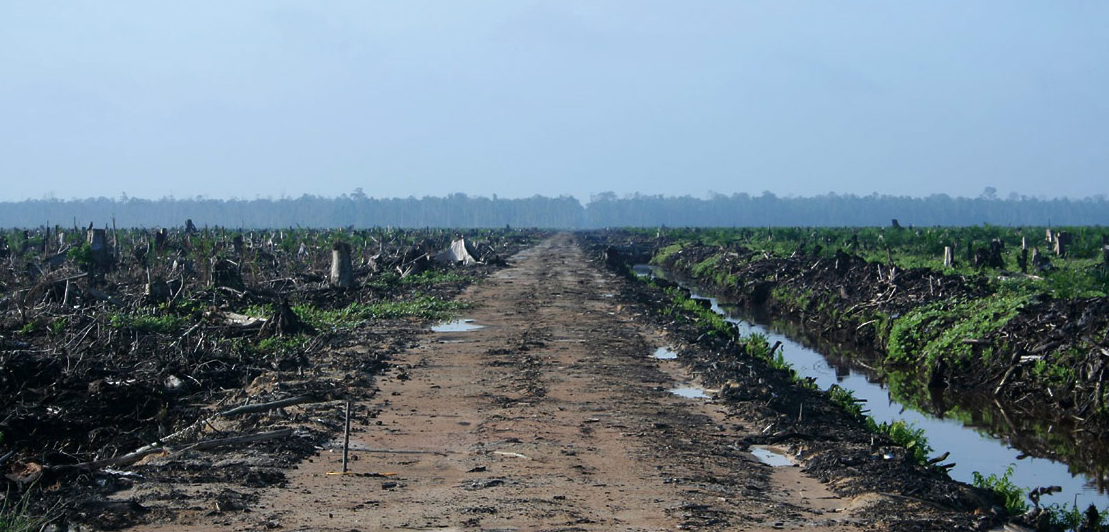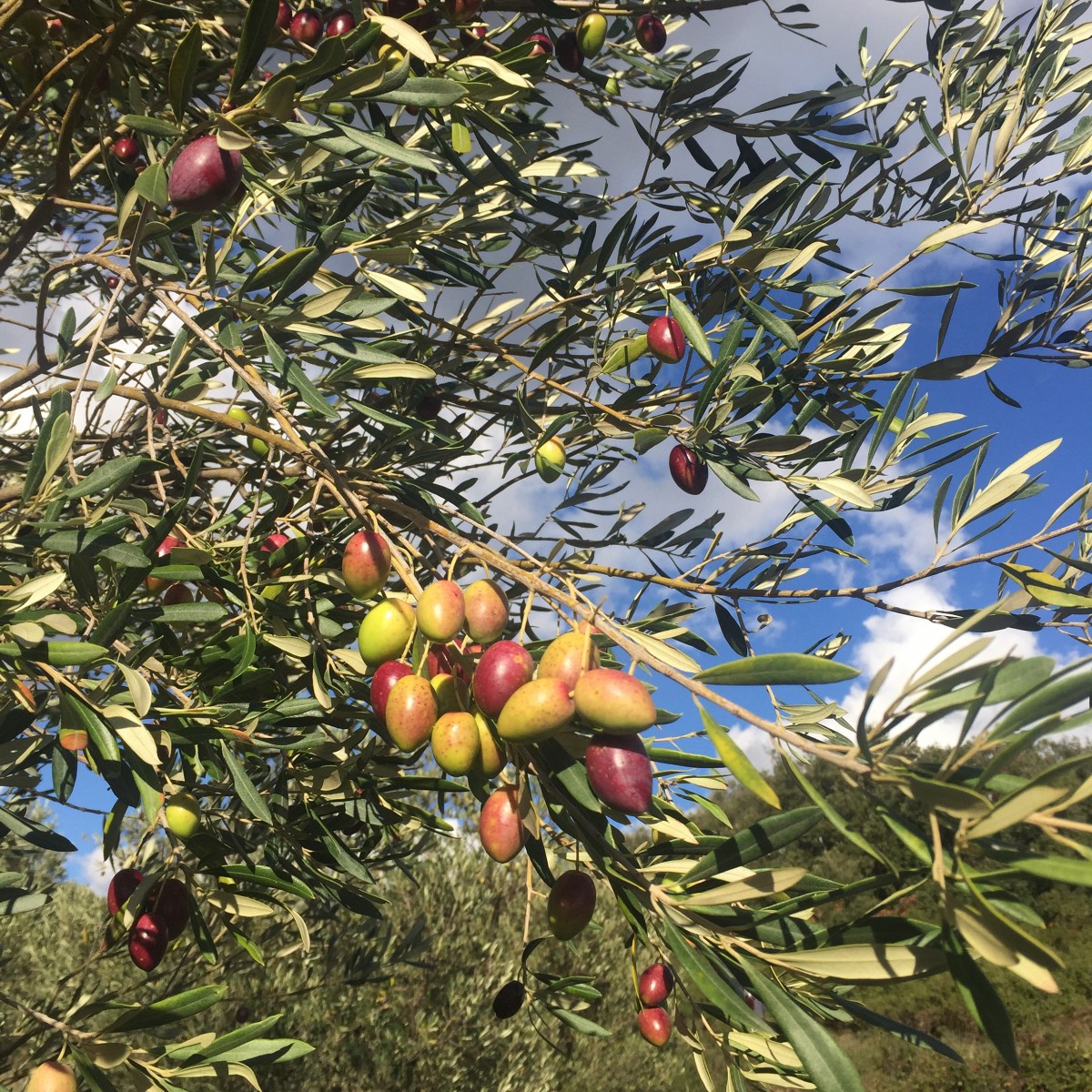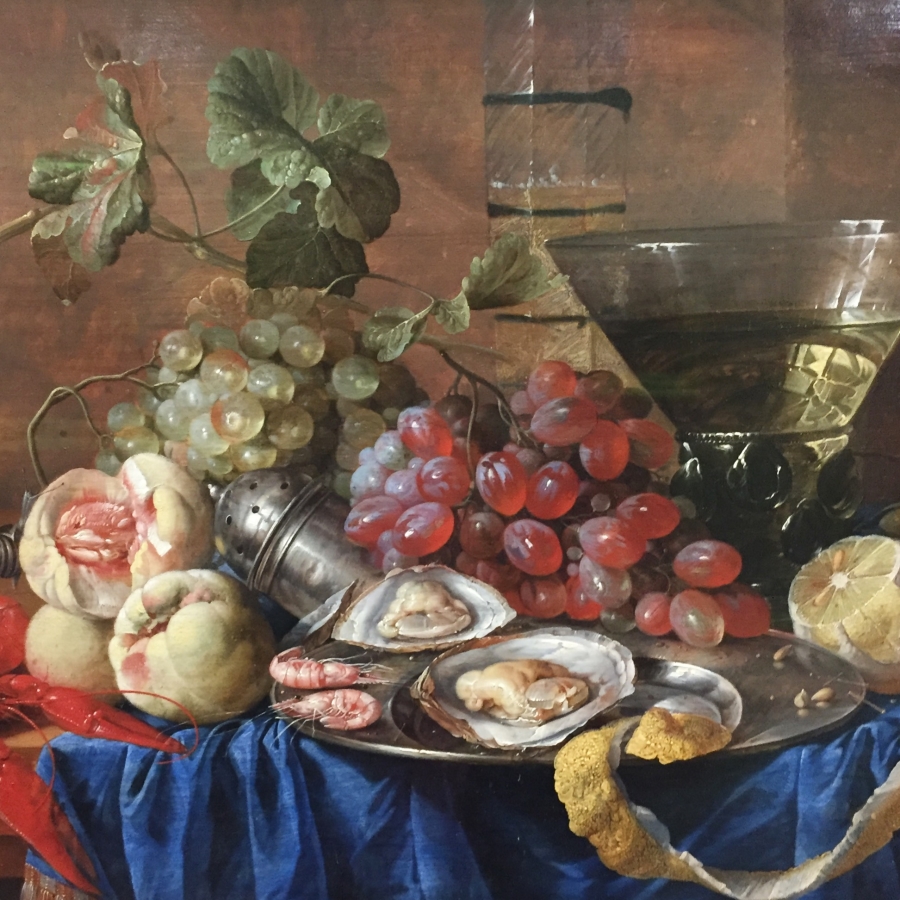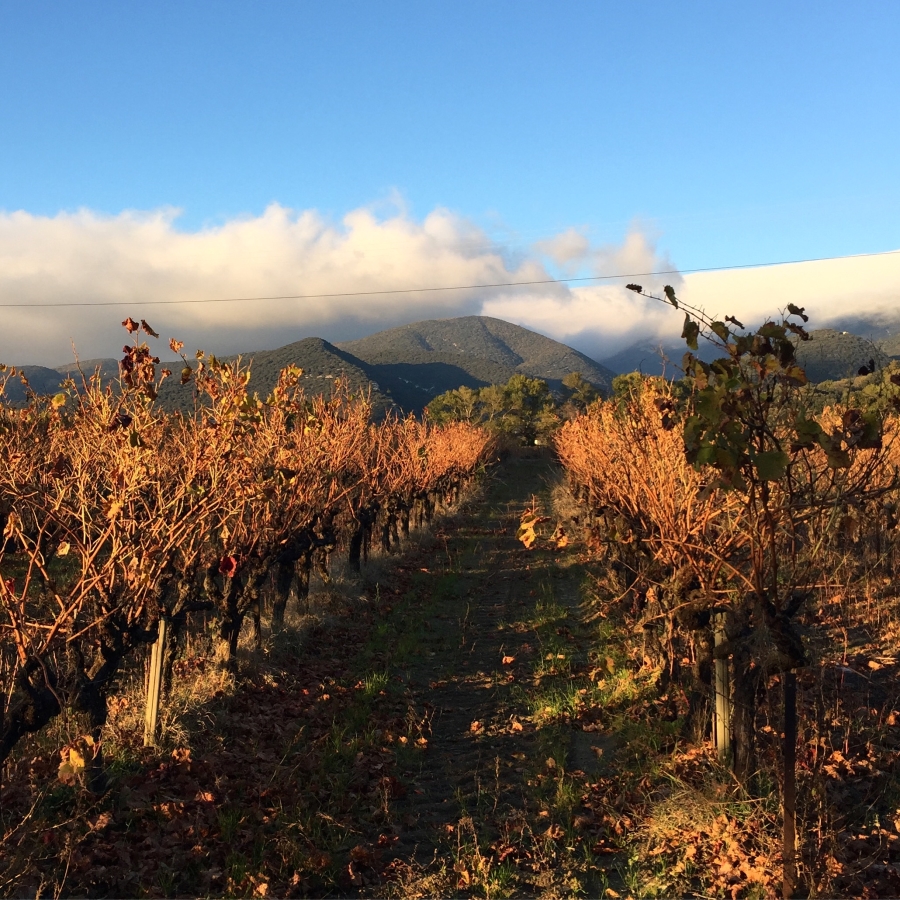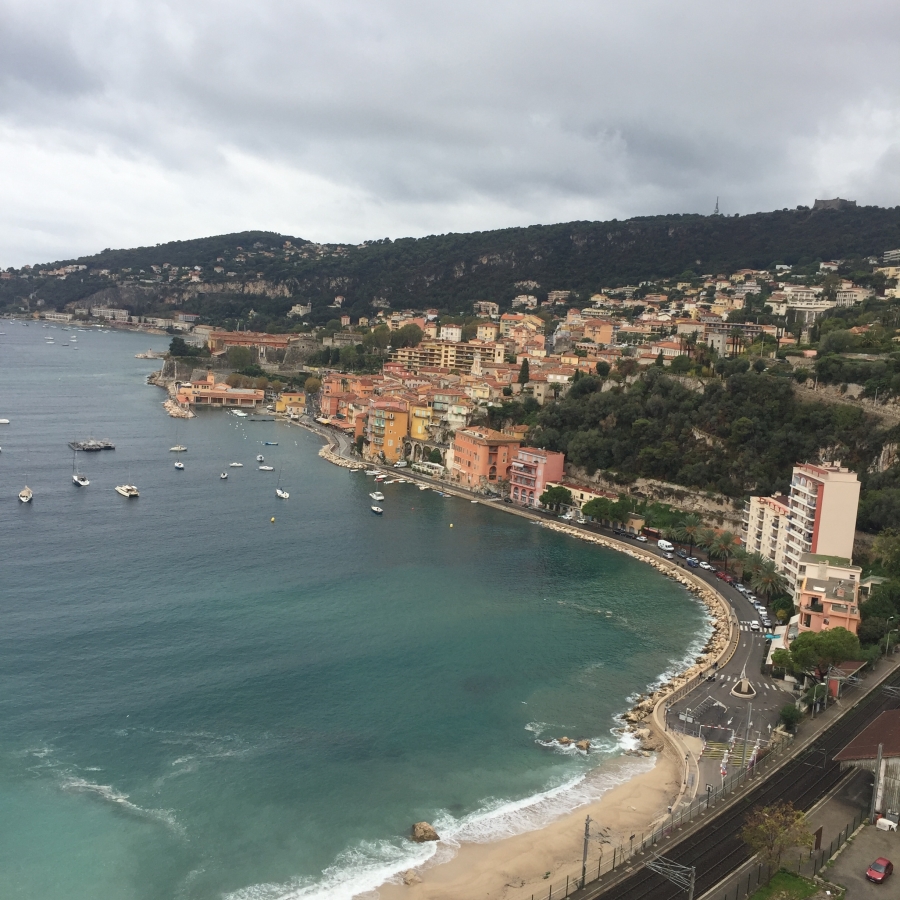"In France cooking is a serious art form and a national sport" -Julia Child
The food of Provence is a cuisine far less fussy then the gastronomic Burgundy and many northern regions of France. The foundation of Provençal dishes is the spirit of the people cooking them. The Provençal spirit is one that is unique to the rest of the country, and it is one that is noted in the regions food. The vegetables, herbs, garlic and olive oils create vivid flavors, but lighter food than those of northern regions. Provençal cuisine is simple and respectful of the land from which it hails. As Provence native and cook Jean-Sebastian told me “Provençal cuisine is not recipes, it’s a state of mind. Here, food is more than sustenance, it is a way of life”.
"Tell me what you eat and I will tell you what you are" Jean Anthelme Brillat-Savarin
Eating, though an inevitable part of daily life, is an extremely personal and in many ways political act. To the french, there is no question that eating is far more than sustenance, but a way of life and national past time. A day without a good meal is not a good day at all. With the act of eating we share our beliefs, cultural background, and lived experiences. French sociologist Claude Levi-Strauss stated that food can be conceived as a language that expresses social structures and cultural systems. Mary Douglas has looked at food as eating codes that define an individual’s place within a society and serve to actively maintain social order. Though there is no doubt of foods place as a reflection of class and social standing, the french culinary patrimony extends beyond social barriers. As Jean-Pierre Poulain said “The Gastronomic attitude found in contemporary France cannot be reduced to the cuisine and manners of the elites, but instead constitutes a heritage to which all those who participate in French culture, regardless of their social position, lay claim with a certain amount of pride”. Though consumption patterns throughout France may be in the midst of changes, the country’s culinary patrimony and pride in its cuisine is one that is not likely to fade.
"Food was, and continues to be, power in a most basic, tangible, and inescapable form" - David Arnold
Though food, in many ways, is common ground and a universal experience, it is also extremely polarizing in its nature. Because of people’s tendencies to articulate and recognize differences with others through the medium of food, food and consumption can easily become extremely politicized subjects directly concerning affiliations with class, race, gender and social groups. With increased immigration in France during recent decades, questions of the politics of food are more relevant than ever. With the recent increase in power of the Front National and Islamaphobia running rampant in France acts of xenophobia, racism and prejudice have become commonplace. France has both the highest muslim and jewish populations in Europe, both religious traditions have strict rules banning the consumption of pork. In 2014 courts ruled in favor of a law banning schools from offering muslim and jewish students halal and pork free lunches. With the banning of children from participating in their own culinary and religious practices and forced assimilation comes stigmatization. Though these laws claim to serve in the preservation of religious neutrality they can easily be viewed as tools to ostracize and stigmatize Muslim and Jewish youth. By speaking ill and passing judgments on others ways of eating, we speak ill of them indirectly. By looking at what is eaten, as well as what is not eaten, we are able to understand current and past social structures and cultural systems.
“The polarities between feminine and masculine tastes were to serve not only to demote women as taste-setters, but also to criticize and truncate women’s opportunities to participate in the arts” -Carolyn Korsmeyer
In the world of academia, questions regarding the sensual and the body have long been regarded as trivial compared to questions of the mind. Historically the so called subordinate senses of smell, taste, intuition and subjectivity have been regarded as inherently female while the “higher” senses of rationality, objectivity, visual and the mind have been associated with men. When faced with this fact some might argue that it becomes the responsibility of the woman to break free of these associations but as Korsmeyer says in Gender And Aesthetics “Prevalent caution regarding women’s talents had psychologically inhibiting effects on the progress of those who desired to try (as we sometimes can know from their own letters and diaries). With messages about a circumscribed feminine ambit of taste and ability so pervasive it would be nearly impossible not to internalize at least some of these values for oneself.” At home “women’s” cooking has become synonymous with Kant’s definition of the beautiful, while the male dominated often intellectual world of fine dining falls more in line with Kant’s definition of the sublime. Both are positive, but it is the latter that achieves a more profound and respected scope. The place of food-work is one that is essential in “correct” performances of femininity, and though there is often power in who is fed, and what is fed responsibility is not always equivalent to control.
“He showed the words “chocolate cake” to a group of Americans and recorded their word associations. “Guilt” was the top response. If that strikes you as unexceptional, consider the response of French eaters to the same prompt: “celebration.” -Michael Pollan
Reflecting upon my own experiences in both France and the United states the differences in mentality regarding eating are undeniable. I have grown up in a household with a French mother and have often spent my summers with family in France. Through reading the experiences of Americans like MFK Fisher and Julia Childs first moments in France and first encounters with French cuisine and comparing them with my own, I was reminded of the contrasts that do exist in regards to cultural and culinary traditions. In France, even in 2016, the concept of the doggie bag is somewhat frowned upon, meals, and the often smaller portions that are served, are meant to be savored and appreciated in that moment, and above all, never rushed. Meals are for socialization and appreciation of what you are eating, and it is not uncommon to stay at the table for more than 2 hours, especially when in good company. The act of snacking, so commonplace in America is an activity reserved almost exclusively for children in France. The snack that is served ( Le Goûter ) is never savory and served promptly at 4:00, contrasting to American’s often sporadic snacking schedules. In France food is a constant topic of discussion, even while eating a delicious lunch the French are often scheming about what they will have that night for dinner.
Since the revolution, food has been used as a tool to unify French citizens. In the hearts of almost all french people there is a sense of pride and appreciation for the french culinary identity despite all complexities and the shift that is undoubtedly occuring in consumption patterns across the country. I am aware that in my research I have barely touched the tip of the iceberg in regards to the complexities that exist within the world of French food and culture, and I intend on continuing to explore these questions for the rest of my life.


